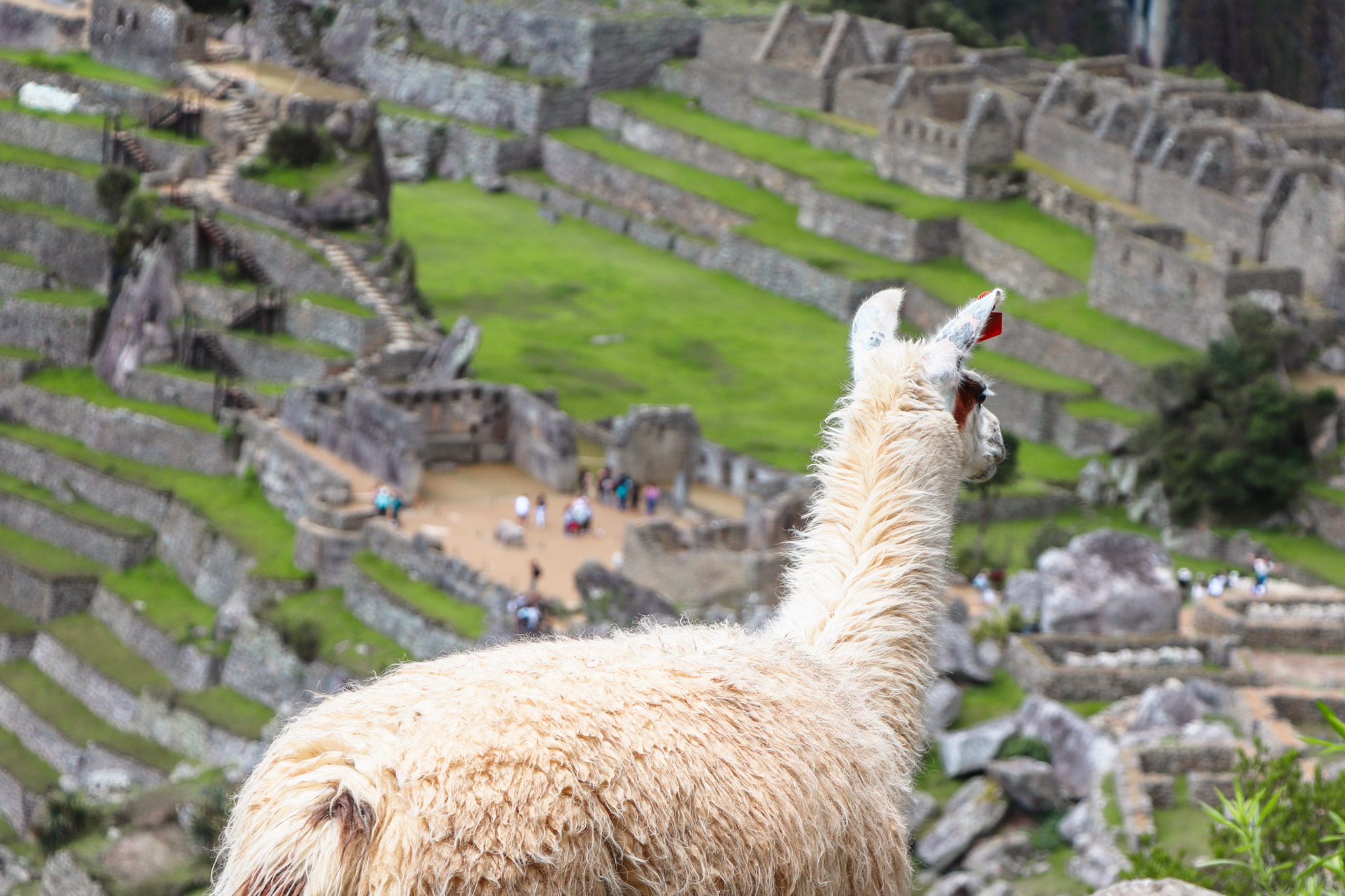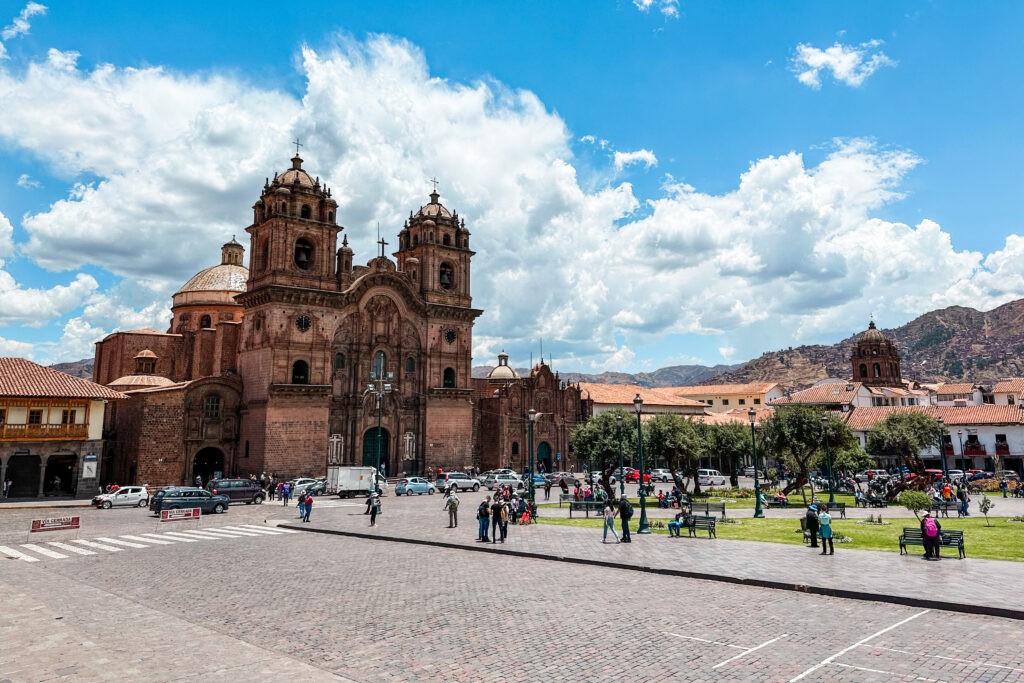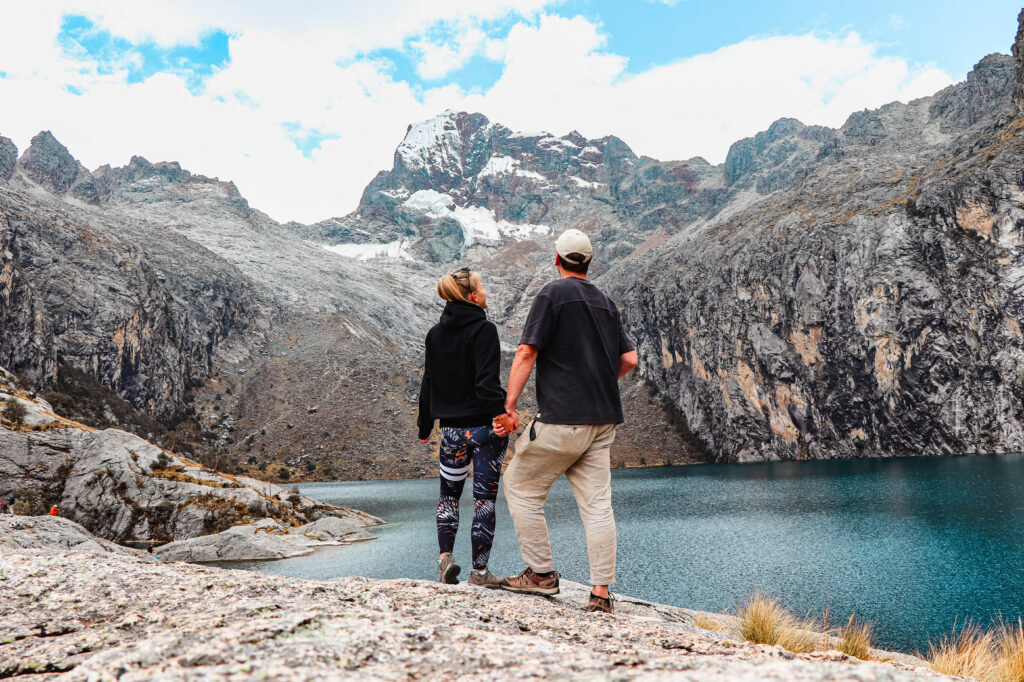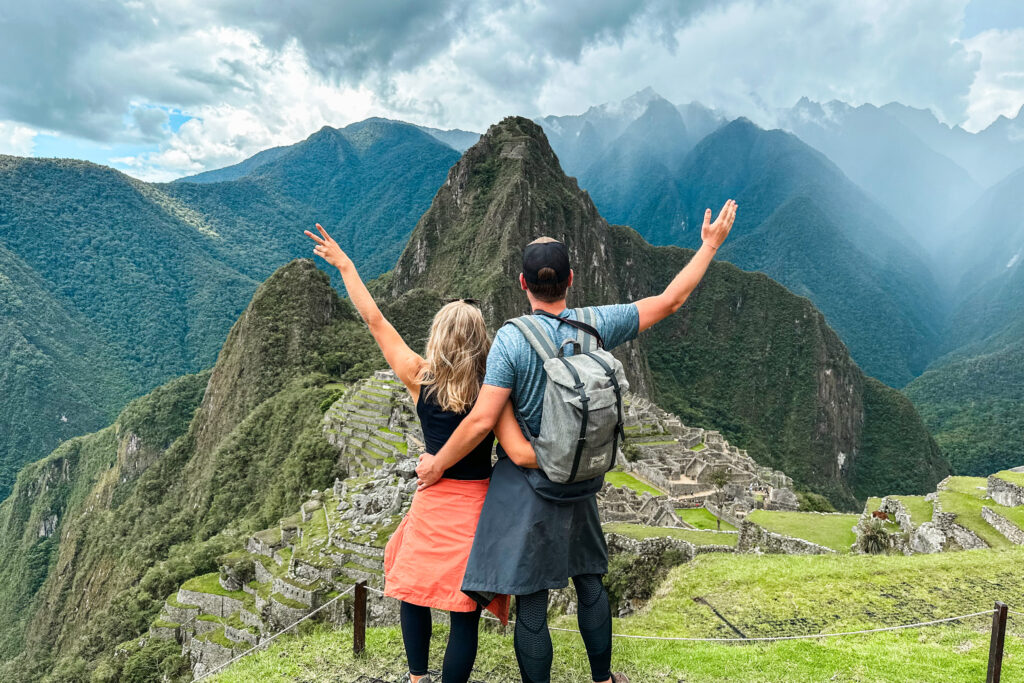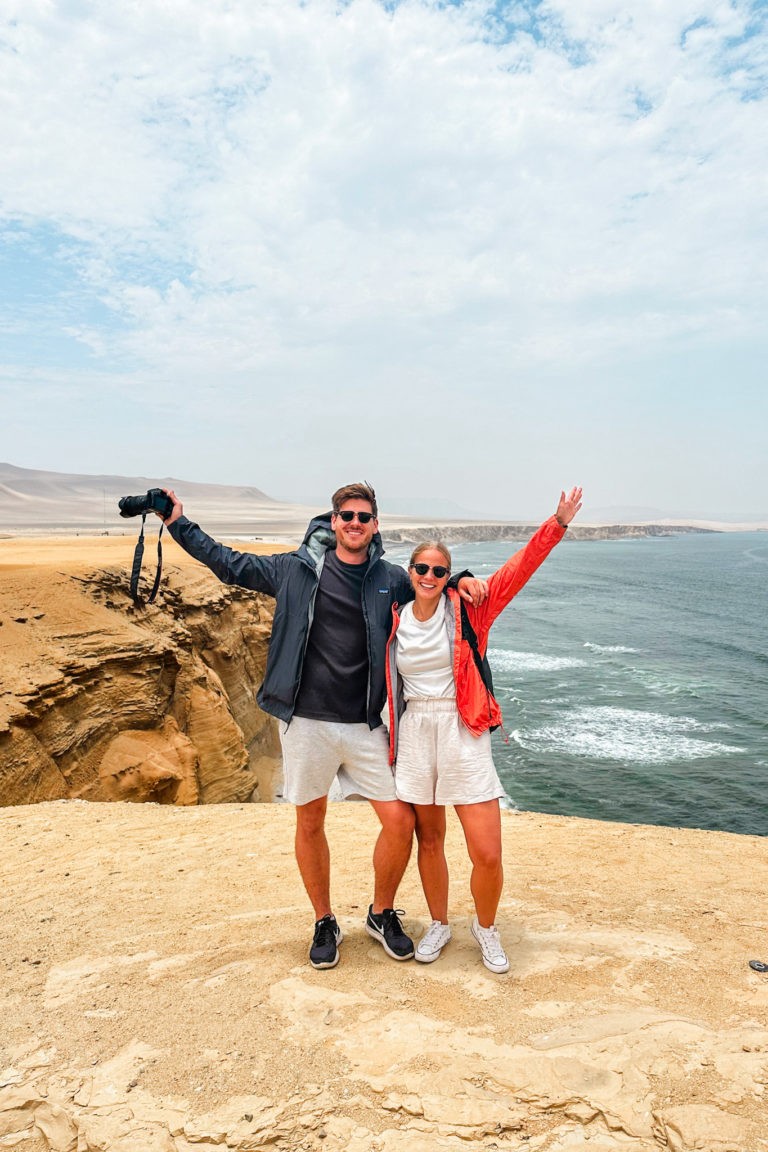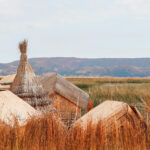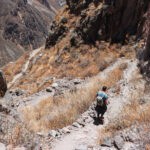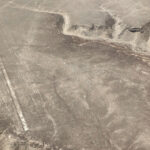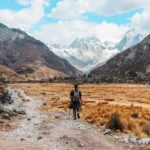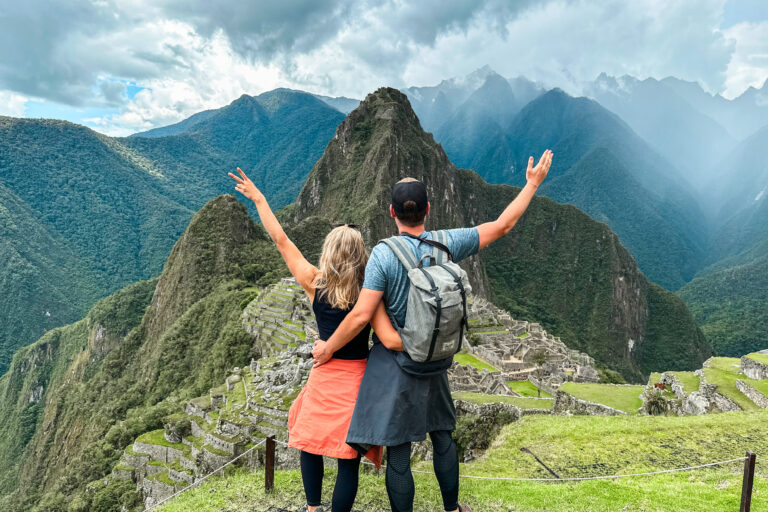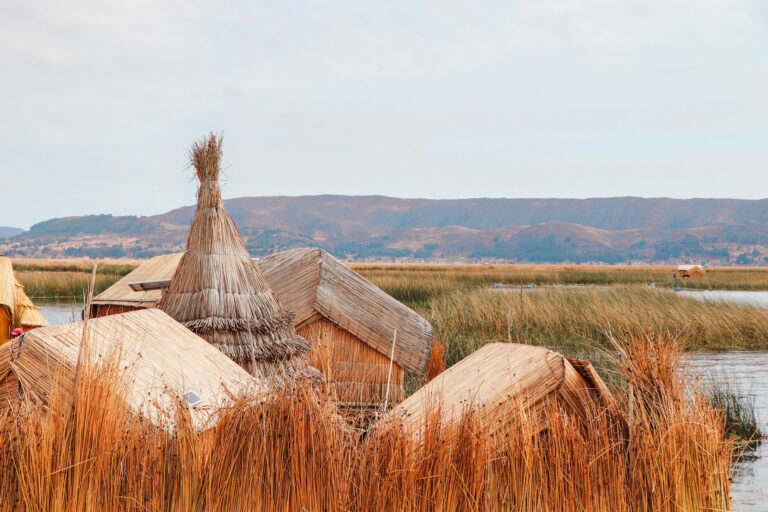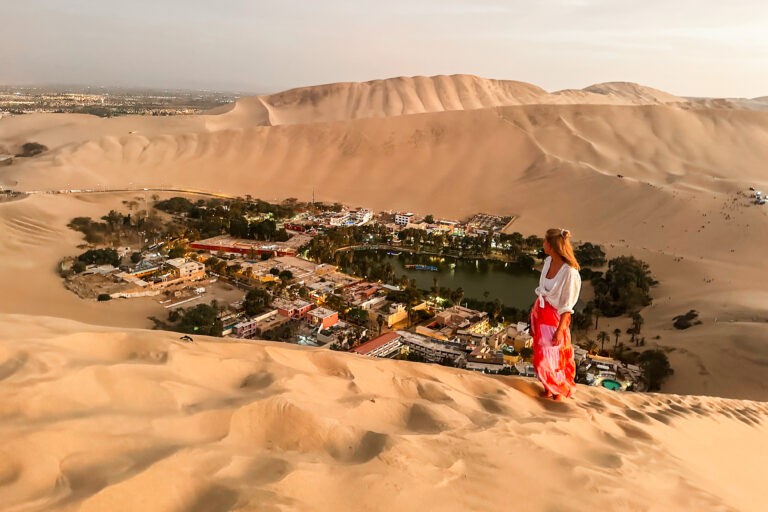Seriously, is there anyone who hasn’t heard of Machu Picchu? We don’t know anyone. It is by far the most iconic, most visited, and most Instagrammable World Wonder our little blue planet has to offer.
Every year, people from all over the world travel to this ancient Incan city, nestled amongst the peaks of the Andes Mountains, high above the Urubamba River valley in Peru. Rightly so it deserves our personal award for the most beautiful and breathtaking New World Wonder that we’ve seen on our never-ending journey around the world.
We read a lot about Machu Picchu before we decided to visit it. And by doing so, we came across some really fascinating facts, that made our visit to this legendary place much more meaningful. So, let’s dive into 15 interesting facts about Machu Picchu in Peru that we think you didn’t know.

Interesting Facts about Machu Picchu in Peru
1. It took Machu Picchu almost 500 years to be rediscovered
The story around the discovery of Machu Picchu is interesting and a little strange. The site was built, abandoned, lost for centuries, and rediscovered.
It’s like remembering a stranger’s name. You hear it, but then suddenly it is gone. So, you try hard the whole conversation to remember it until your friend calls out the stranger’s name – and there it is: Machu Picchu.
The story around Machu Picchu is similar. When the Incans built their estate around 1450 and abandoned it a century later, they burned it down so that the Spanish conquerors wouldn’t take advantage of their site. But as Machu Picchu was hidden by the deep cloud forest’s vegetation, neither the Spanish nor the Incan descendants ever found it again.
It took almost 500 years until 1911 when the history lecturer Hiram Bingham III rediscovered Machu Picchu.
Local Peruvian farmers actually discovered Machu Picchu way earlier, but they didn’t know about the historic significance of the site. They’ve used the terraces in Machu Pichu to grow their crops.
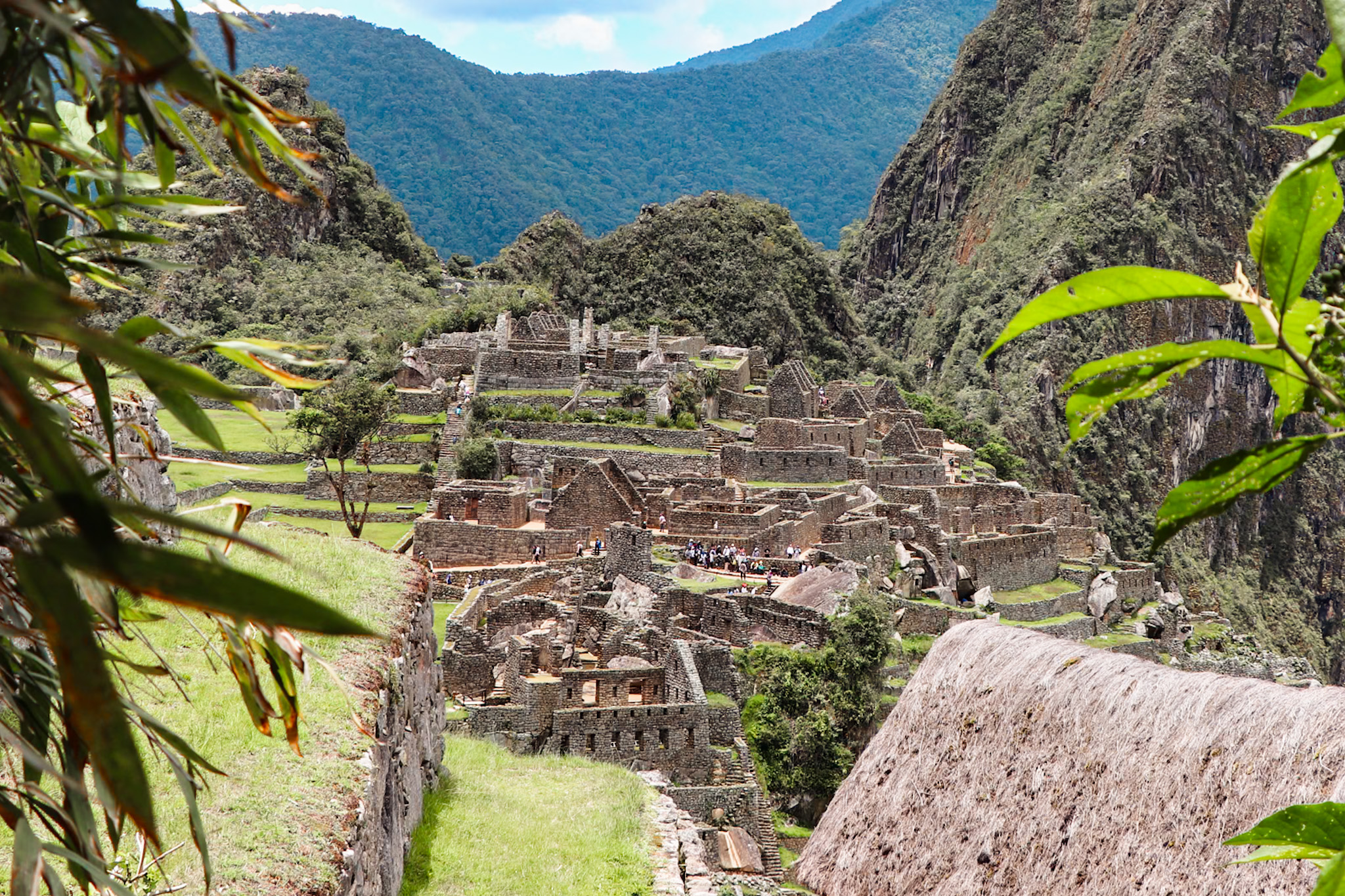
2. It is not exactly known why the Incas abandoned Machu Picchu
Several theories exist about the question of why the Incas suddenly left Machu Picchu.
The most common theory suggests that the site was abandoned due to the arrival of the Spanish conquistadors, as the Inca people faced violence, forced labor, and the introduction of new diseases. Another theory suggests that the Incans abandoned their city due to a lack of water, as Machu Picchu is located in a mountainous region with limited access to water sources other than rainwater. A third theory points to the possibility of smallpox epidemics, which could have devastated the population and led to the abandonment of the site.
As well, may have been a mixture of all of them. As research and archaeological excavations continue, scholars hope to gain a clearer understanding of why the Inca people left Machu Picchu.
Despite the lack of a definitive answer, the abandonment of Machu Picchu remains a topic of fascination and study for historians and visitors alike.
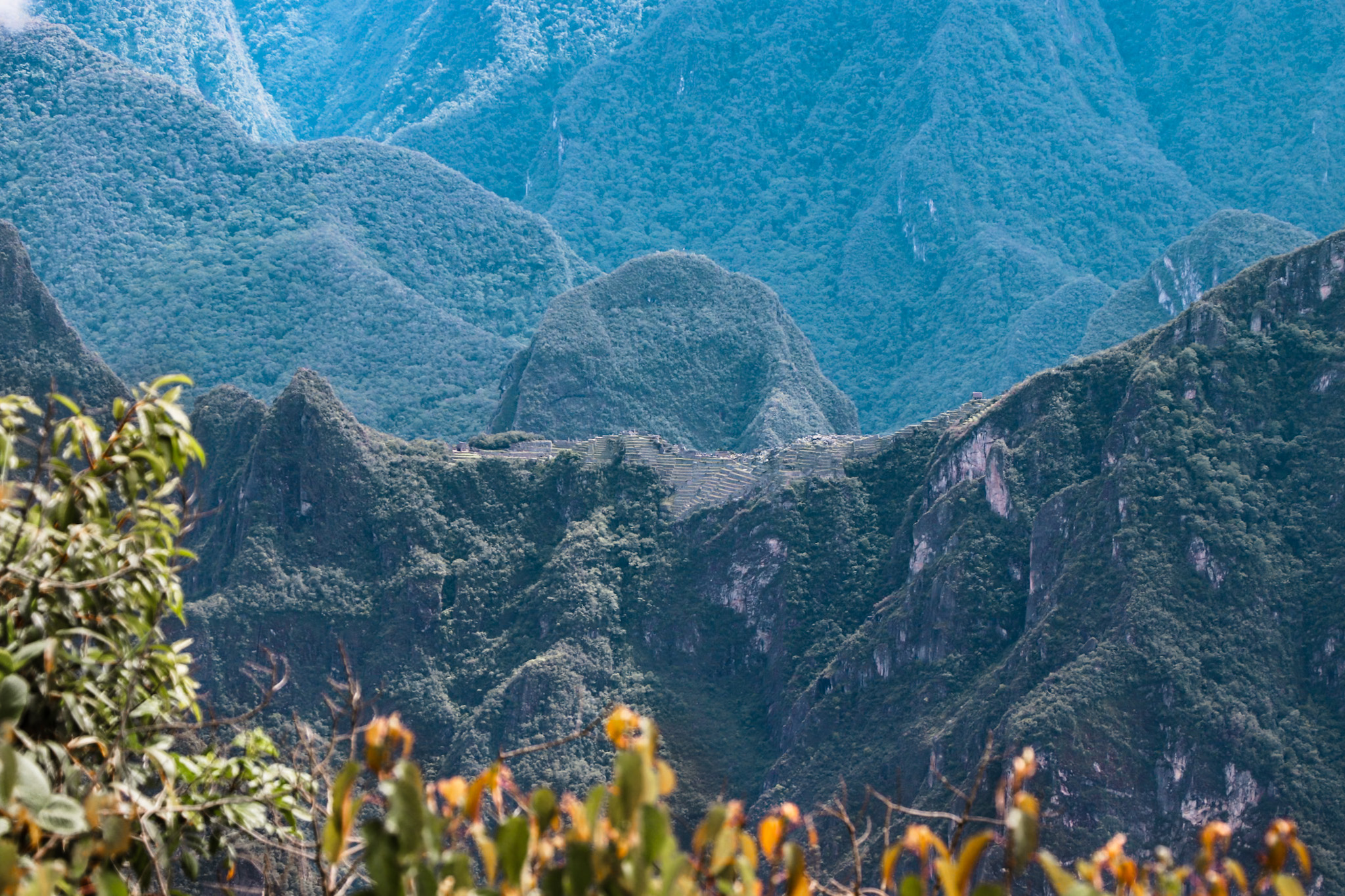
3. Machu Picchu is not the real name of the ancient Incan city
The name “Machu Picchu” is believed to have originated from the Quechua language, spoken by the Inca people. “Machu” means “old” or “ancient,” while “Picchu” can be translated to “mountain” or “peak.” This gives the name the meaning of “old peak” or “old mountain,” which is fitting as the city is nestled high in the Andes Mountains.
However, there are alternative theories about the original name of the ancient Incan city. Because the Inca didn’t have a writing system and no written records of the city existed, scientists had a hard time reconstructing Machu Picchu’s history.
The Spanish historian, Juan de Santa Cruz Pachacuti Yamqui Salcamayhua, suggested that the original name of the city was “Picchu,” and it was only later that “Machu” was added, possibly to differentiate it from other sites with similar names.
Whatever the real name of Machu Picchu was, it may remain a secret for centuries to follow. Still, it definitely added to the mystery and intrigue surrounding this remarkable archaeological site.
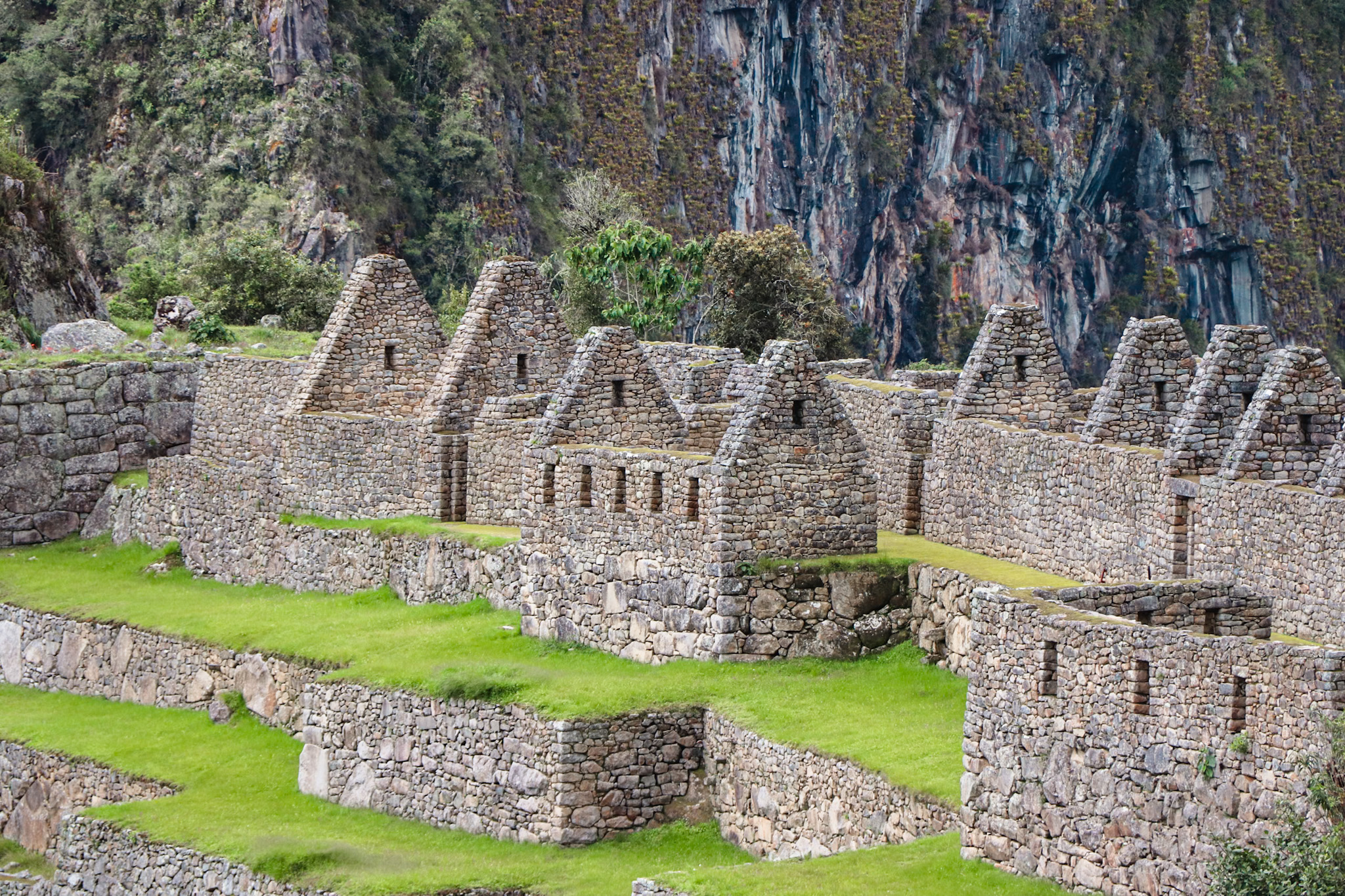
4. The natural setting of Machu Picchu is as impressive as the site itself
Seeing one of the Wonders of the World the first time is always a special moment. People swear that entering Machu Picchu is an unforgettable experience. And yes, ultimately, it’s also one of the most beautiful World Wonders that we have ever seen. But what made this site such a unique experience wasn’t the well-preserved ruins alone; it was the environments it’s built in.
Machu Picchu stands in front of the massive and breathtaking Wayna Picchu and Putucusi, two remarkable Andes mountains. It overlooks the deep lush green mountain valleys, where the Urubamba River winds its way through the narrow canyon-like paths. When the sun rises and clouds dissipate, the scenery is unimaginably magical and enigmatic.
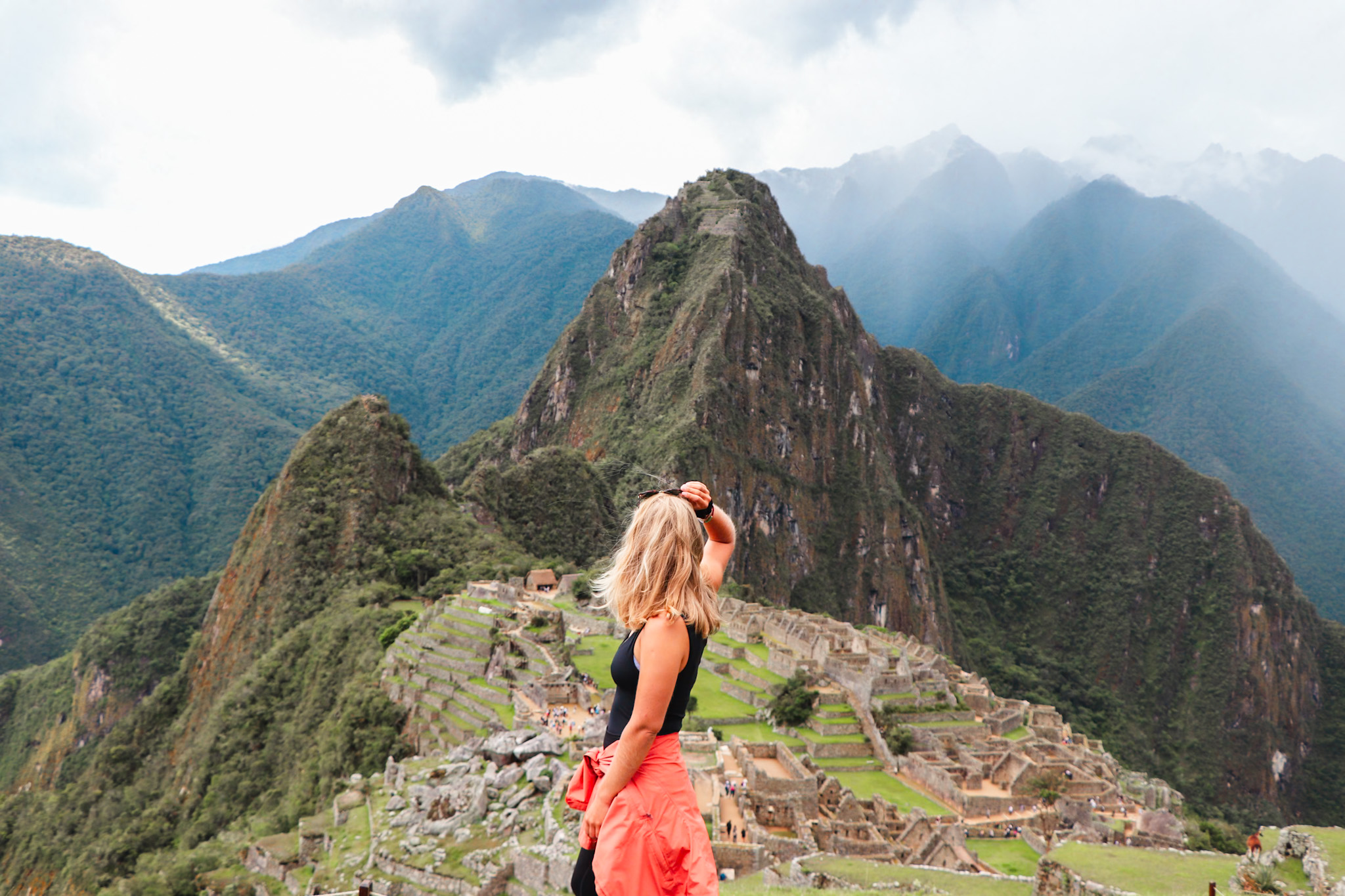
5. More than 75% of Machu Picchu is still the original construction, making it one of the most well-preserved archeological sites of its time
More than 75% of Machu Picchu’s original construction remains intact, solidifying its status as one of the best-preserved archaeological sites of its time. The intentional destruction of paths and buildings by the Inca civilization, coupled with overgrown vegetation, has contributed to its preservation. The deep building processes and terraces also play a crucial role in keeping the site intact, as they help to prevent erosion and landslides.
Over recent years, limited restorations and reconstructions have taken place, but the majority of Machu Picchu’s structures are still the original ones built by the Inca. While we visited Machu Picchu, we could watch restorers carefully working on the reconstruction of some structures at buildings.
We traveled to over 50 countries and came across several World Wonders. While all of them were impressive on their own, a lot were significantly restored. Thus, we were surprised about how well-intact the structures of the ruins still are. Overlooking the site from the viewpoint feels like traveling back in time.
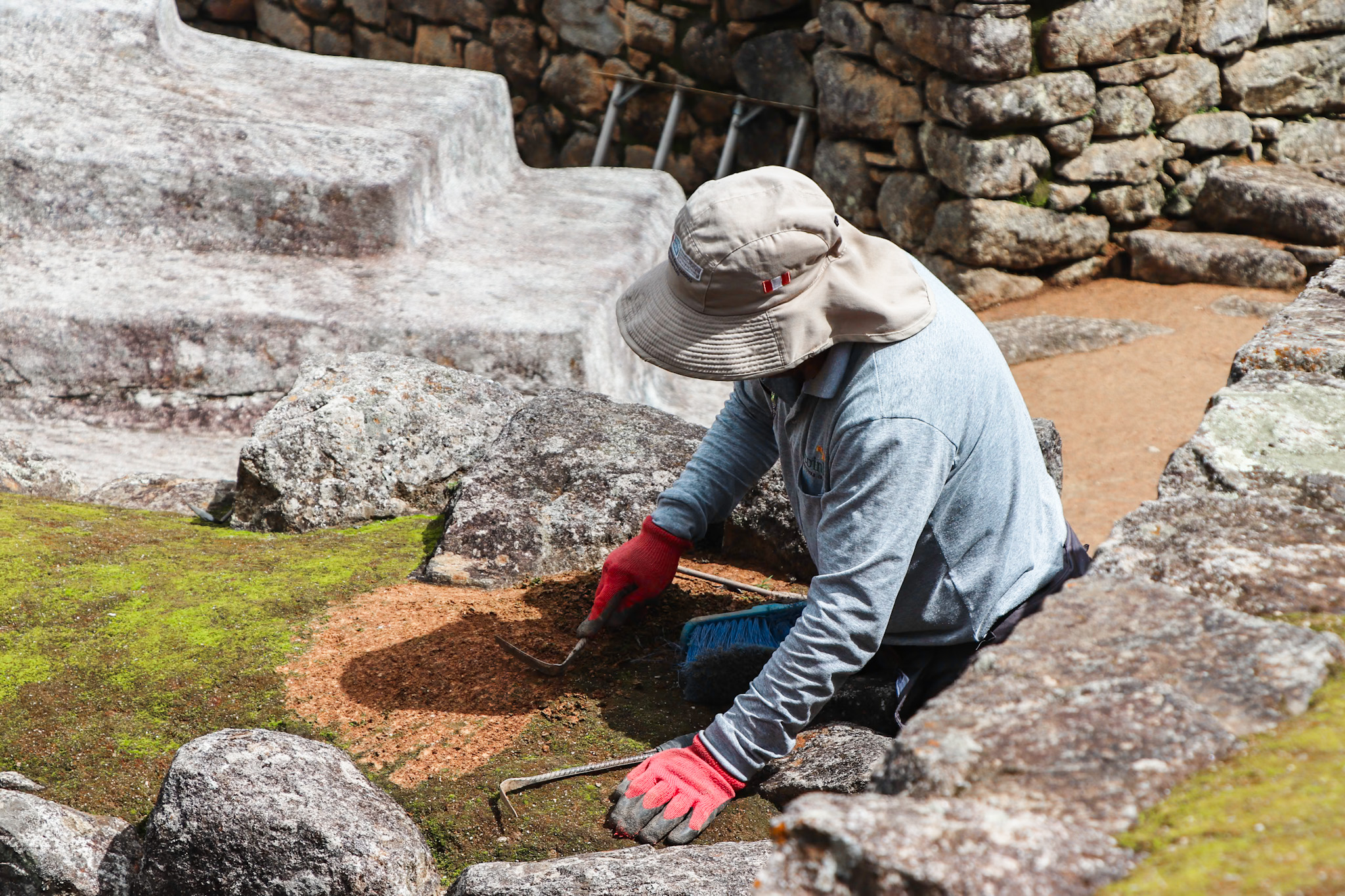
6. In Machu Picchu, each stone was precisely cut to fit together so tightly that no mortar was needed to keep the walls standing
The Inca civilization used a remarkable technique of interlocking stones when building their buildings. The stones were cut using a technique that allowed them to fit together like puzzle pieces, creating walls that could withstand the test of time. Each stone was meticulously shaped and placed to ensure a perfect fit, creating a seamless and durable structure.
The Inca people cut the stones in a way that they have a small knob on each side. They used the knob to span ropes to ease transportation and as a puzzle piece to lock a stone above another.
The colossal stones used in the construction of Machu Picchu’s walls, or the fortifications of the Incan capital Cusco were truly impressive. They must have weighed several tons, and for us, it was impossible to imagine how the Inca were able to move them. It very much reminded us of our trip to the Great Pyramids of Giza in Egypt.
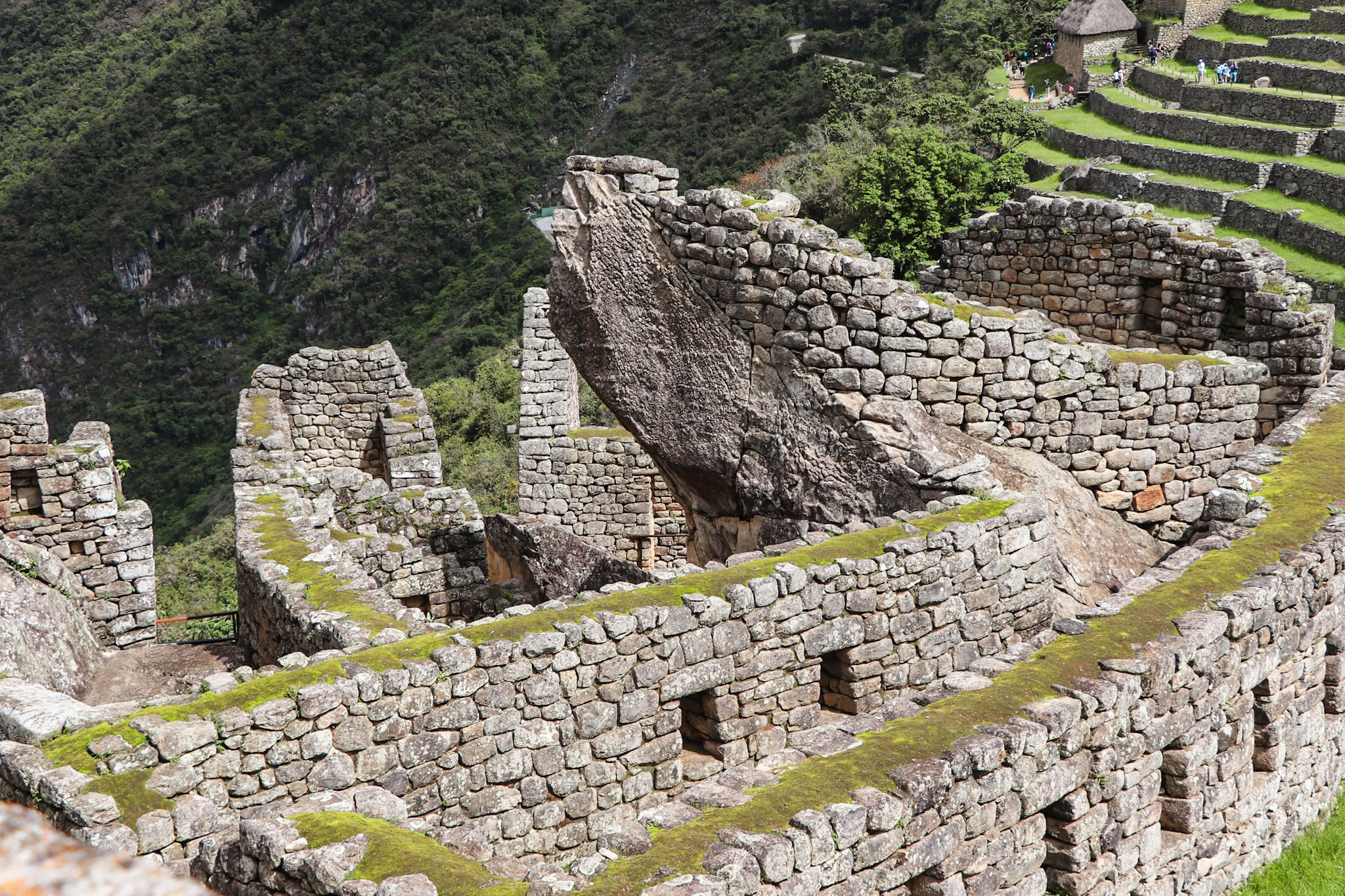
7. The citadel in Machu Picchu is earthquake-proof
The Inca citadel at Machu Picchu is known for being earthquake-proof, a feat achieved through the use of ingenious construction techniques. But the Inca people didn’t build their structures earthquake-proof for no reason. As Machu Picchu is located near two faults it is highly influenced by the seismic activity in the region.
The Incas utilized the ashlar technique, which involved cutting stones to fit perfectly together without the use of mortar. This precision in stone cutting allowed the walls to flex and “jump and dance” during an earthquake without collapsing. Additionally, the doors and windows in Machu Picchu are trapezoidal, providing further stability and resistance to seismic activity.
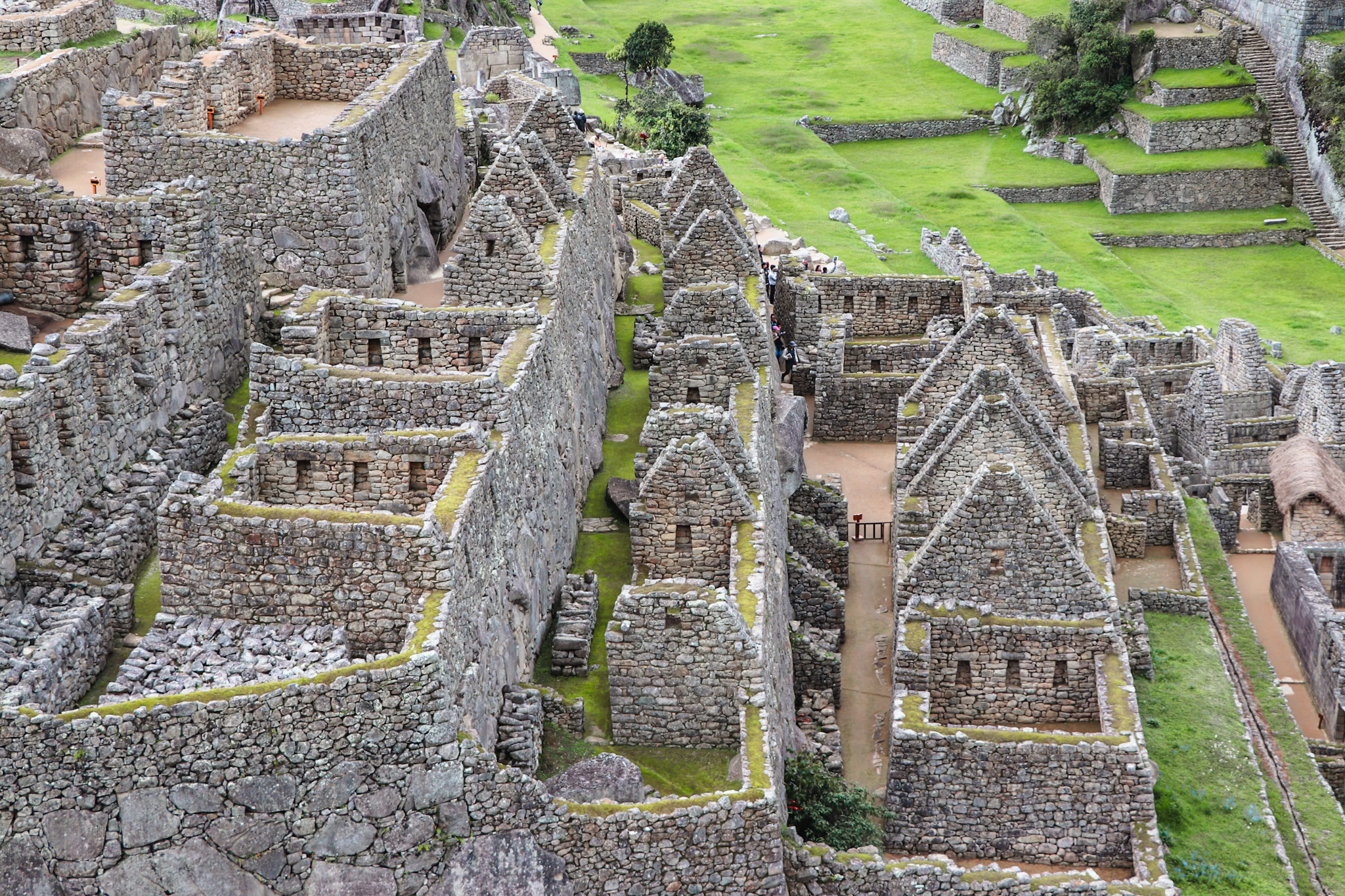
8. Machu Picchu was never finished
Many of the Inca sites around Cusco were never completed due to a combination of factors.
Most of the stones the Incas were using to construct their sites were mined from quarries far away. It was a huge effort to transport them along the often steep and narrow Inca paths. No wonder that a lot of these boulders were left on the trails (people call them “Tired Stones” today).
Although Mach Picchu had a quarry nearby, the constantly increasing population in the city led to an ongoing expansion and construction work during its existence. It is believed that, due to the arrival of the Spanish conquerors and the resulting abandonment of the city, the construction was never finished.
We found this fact about Machu Picchu specifically interesting, because when we were in Machu Picchu, we could hardly imagine where there was additional space to build. Everything on this little mountain already seemed to be pretty much occupied with ruins and terraces.
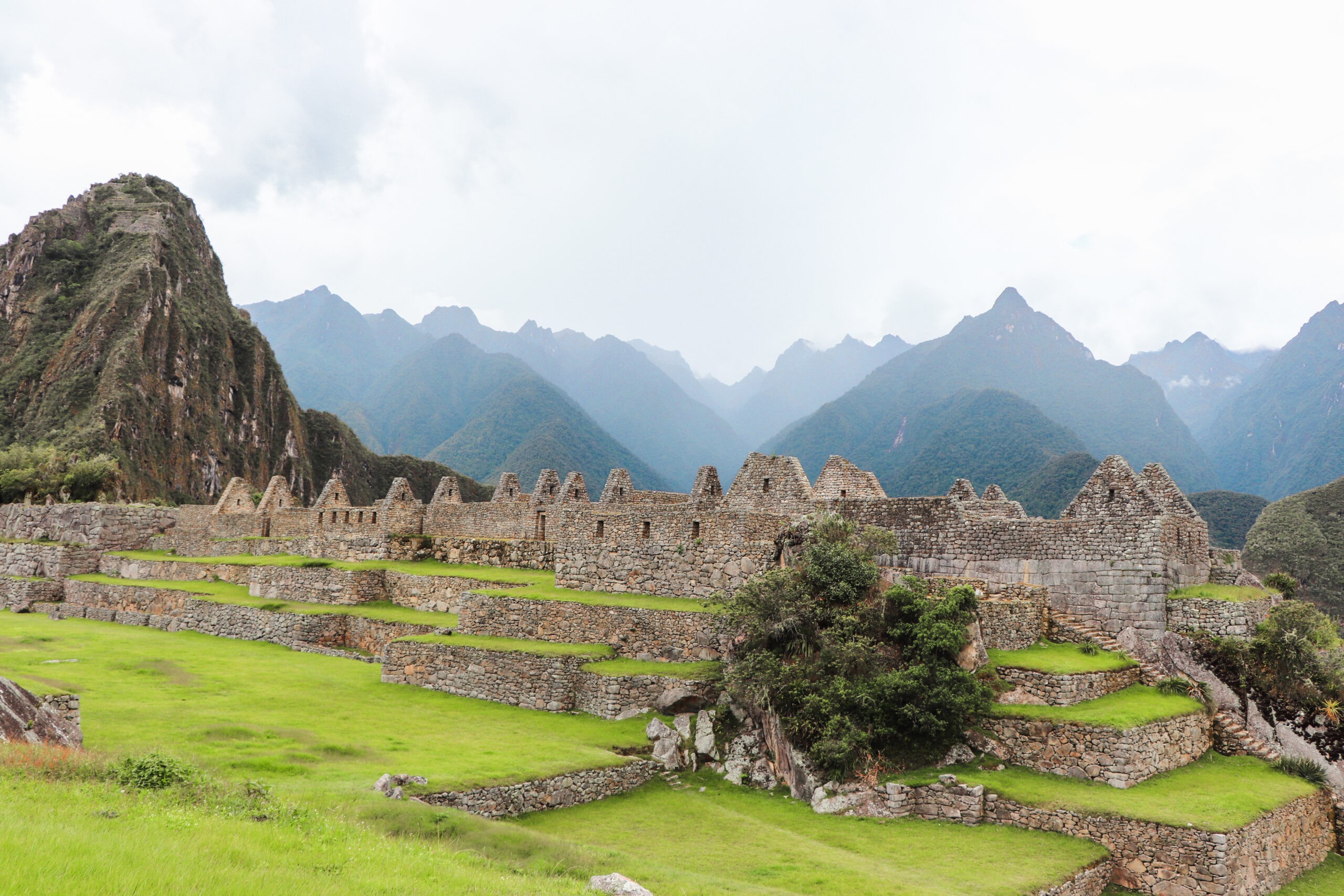
9. Machu Picchu is divided into the agricultural and urban sectors hosting up to 1,000 people
Machu Picchu is divided into two main sectors: the agricultural and urban sectors.
The agricultural sector consists of terraced fields and irrigation channels, used for growing crops such as maize and potatoes. When walking around Machu Picchu, you see terraces all around the ruins. They were built efficiently at several levels of the mountain to save space.
The urban sector, on the other hand, contains various types of buildings, including temples, residential areas, and storage facilities. It was secured by a heavy city wall and an exceptionally large door at the end of the Inca trail, that would allow the royal people to enter the city.
It is believed that around 750 – 1,000 people once lived in Machu Picchu. Given the limited space and high population, the city’s operation was a real challenge. Dividing the city into an urban and agricultural sector helped to efficiently run the city as a self-sufficient community.
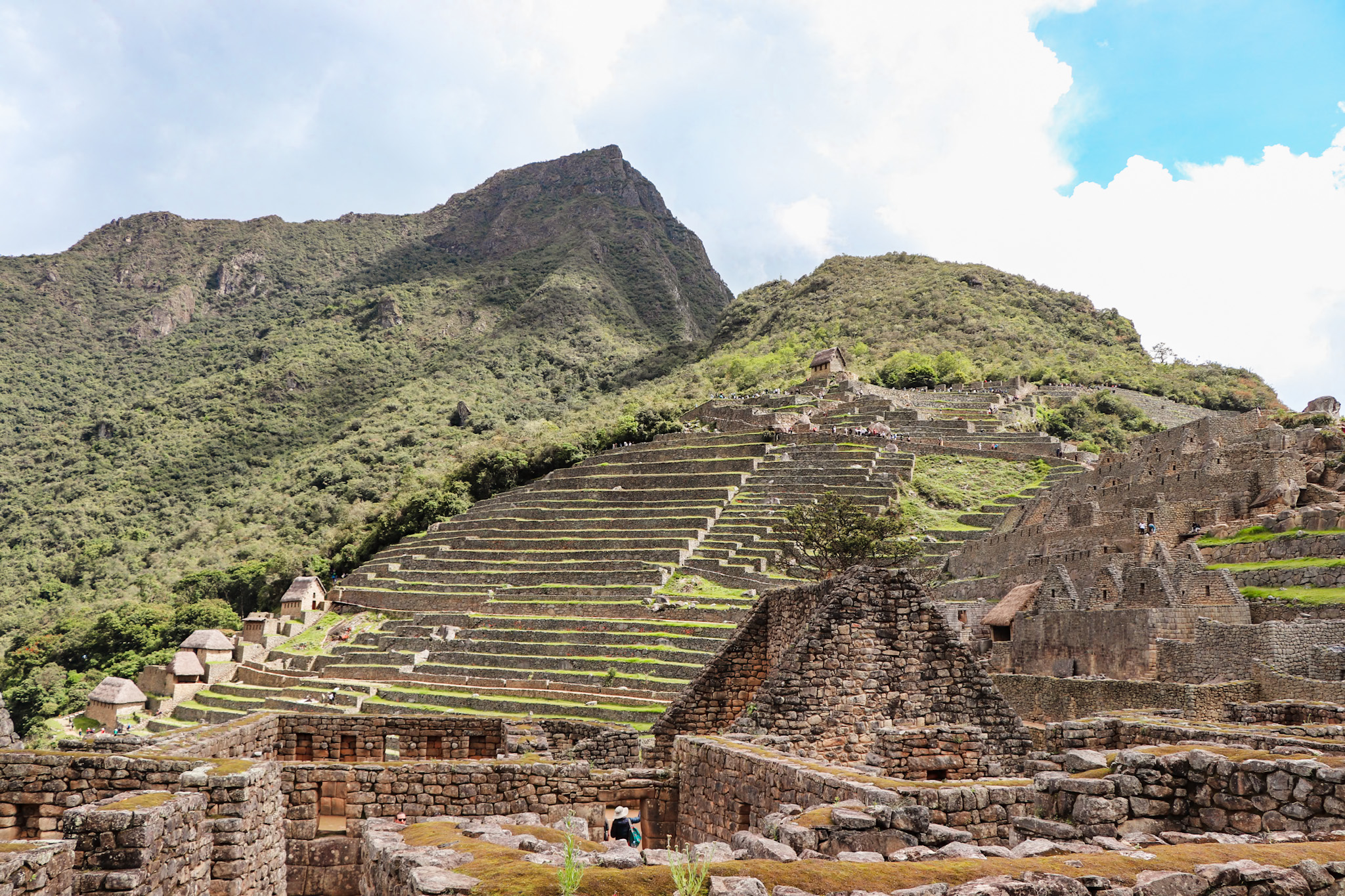
10. Machu Picchu was used for astronomical observations by the Incas
Machu Picchu served as an astronomical observatory for the Incans, who were skilled astronomers. They used the Intihuatana Stone, a carved rock structure, to make precise astronomical measurements. The stone served as a sundial and an instrument for marking the seasons.
When we heard that for the first time, we couldn’t believe how sophisticated their know-how about the stars and plants was. Incans were professionals in reading the stars and designing the orientation of their buildings inside Machu Picchu to align with important celestial events. Their knowledge helped them to determine the best times for planting and harvesting crops by understanding the natural cycles and thereby ensuring food sustainability.
Relevant Reading
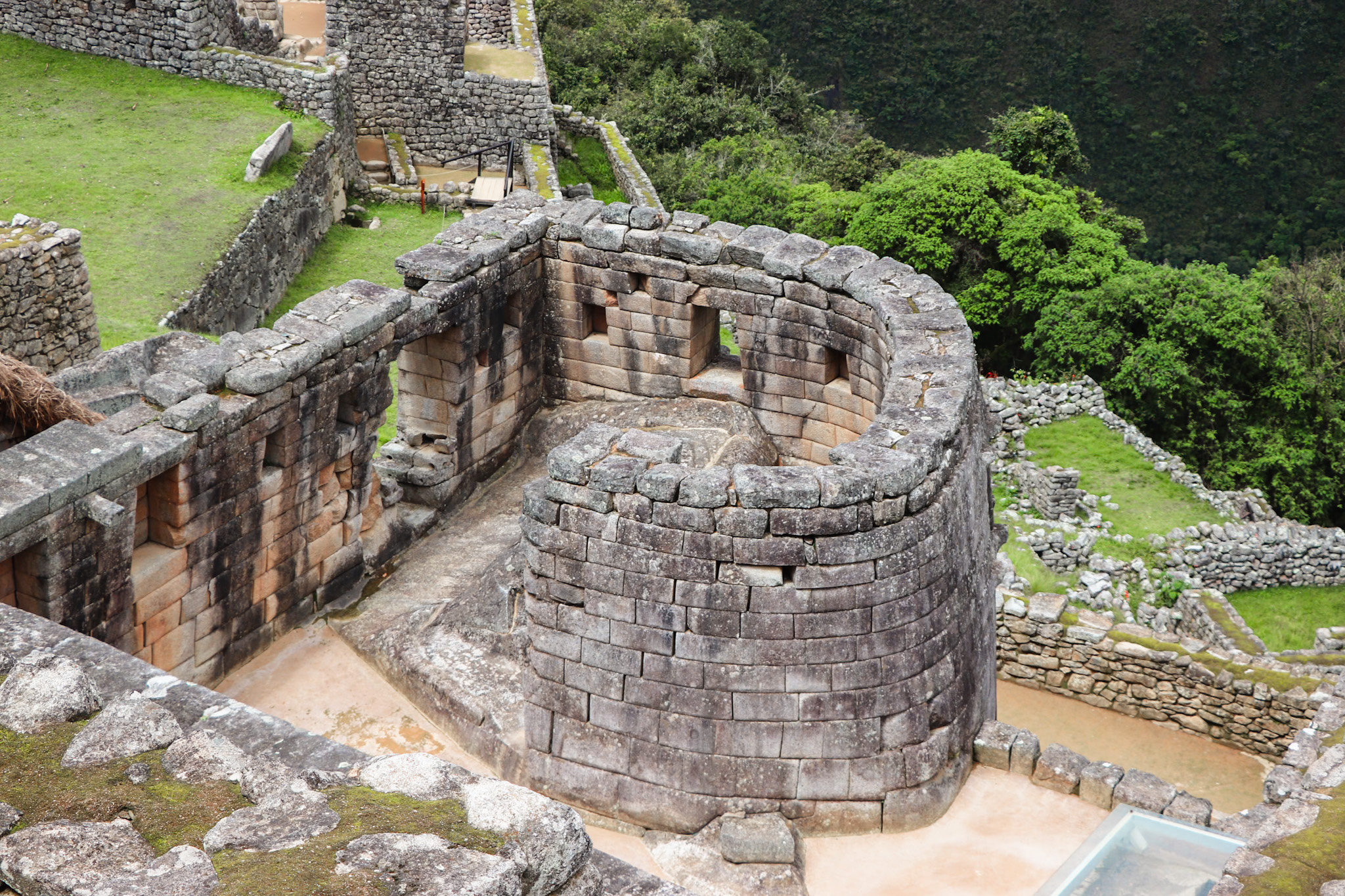
11. There was a long dispute between Peru and Yale University over the ownership of the artifacts found at Machu Picchu
The dispute originated when the American explorer Hiram Bingham and his team collected over 5,000 artifacts from Machu Picchu in the early 20th century. These artifacts were then taken to Yale University for further study and safekeeping. However, Peru claimed that the artifacts were illegally taken from the country and demanded their return.
The disagreement escalated into a long legal battle, with Peru insisting that the artifacts were part of their national heritage and should be returned. After years of negotiations, a resolution was finally reached in 2012. Yale University agreed to return the artifacts to Peru, signaling the end of the dispute.
The resolution was seen as a significant victory for Peru, as it meant that the artifacts would finally be returned to their rightful place. This dispute highlighted the complex issues surrounding the ownership of cultural artifacts and the importance of respecting the cultural heritage of other nations.
Today, most of the Machu Picchu artifacts are exhibited in the Museo Machu Picchu Casa Concha in Cusco. It’s a cool thing to do and see when you are in Cusco.
Relevant Reading
12. The routes of the Incas rivaled the routes of Rome
The routes of the Incas, known as the Inca road system, were an extensive network of roads that stretched across South America, connecting various regions of the Inca Empire. This road system was an impressive feat of engineering and construction, rivaling the road system of ancient Rome.
With an estimated length of around 40,000 km (24,855 miles), trails stretched from the very north of Colombia to Argentina and Chile in the South. With the most popular route is the Inca trail connecting the Incan capital Cusco with Machu Picchu.
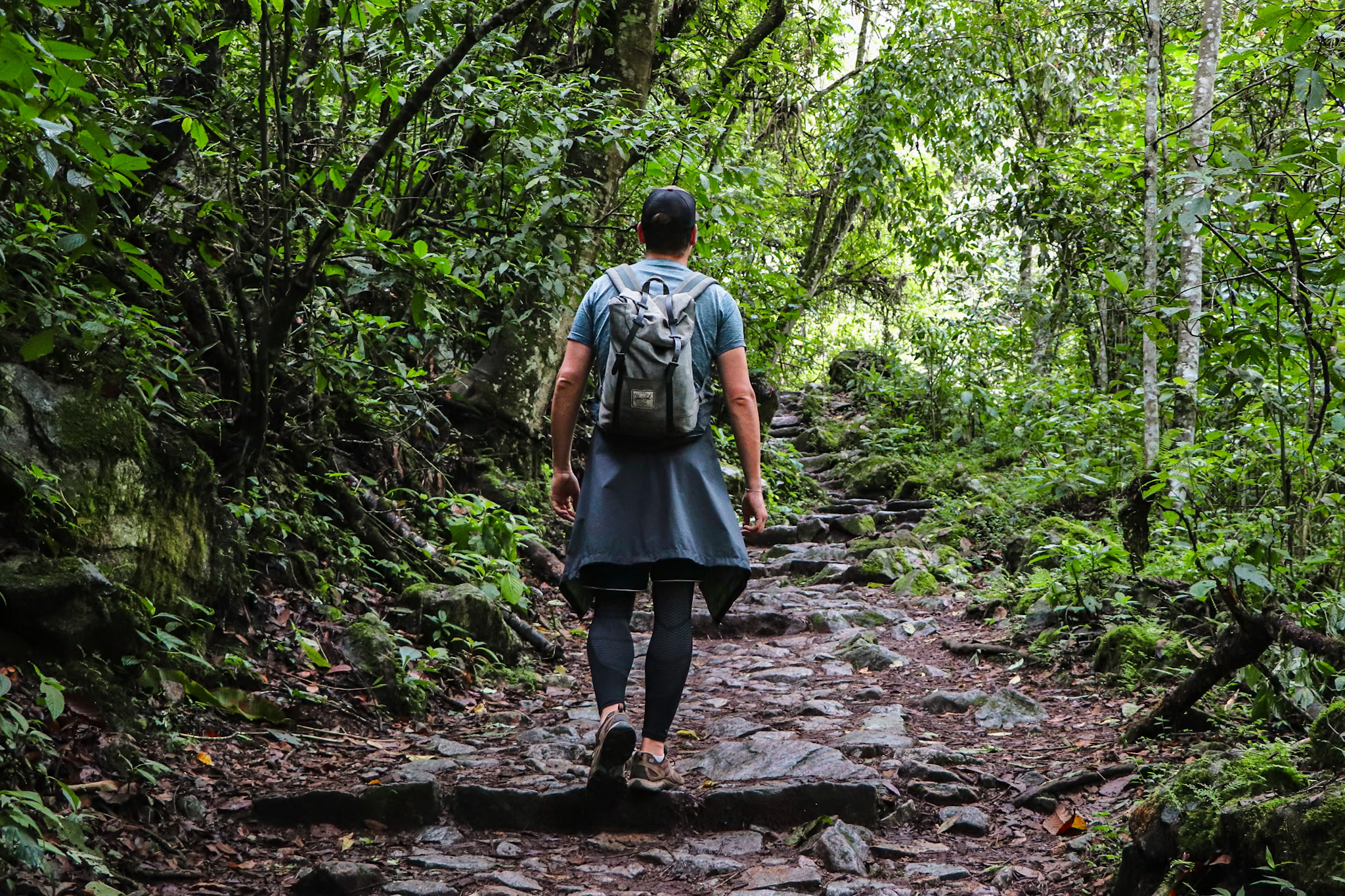
13. There are several options to hike to Machu Picchu, following the trails of the Incas
There are many ways to get to Machu Picchu, while the most option is hiking the Inca Trail, a historic pilgrimage route that connects the ancient Incan capital Cusco with the Sacred Valley and Machu Picchu.
Relevant Reading
This 42 km (26 miles) hike typically takes 4 days, with challenging terrain and high altitude, making it physically demanding. During the hike, you follow the footsteps of the Inca and pass by significant ceremonial sites, ancient valleys, and beautiful terraces until you finally arrive through the famous Sun Gate to Machu Picchu. Due to its popularity, permits for the Inca Trail need to be booked months in advance.
For those looking for alternative hikes, the Quarry Trail offers a less crowded experience with opportunities to learn about Inca history and visit local communities. The Lares Trek is a cultural route that passes through traditional Andean villages and offers a chance to interact with local indigenous people. The Salkantay Trek is known for its diverse landscapes, including snow-capped mountains, lush rainforests, and high-altitude passes.
Each hike has its own advantages and challenges, but all offer an unforgettable trip through the Andean region. We chose to do the 5-day hike over the Salkantay pass and it was one of the most beautiful hikes we ever did. We crossed mountain valleys, wandered through the upper jungle rainforest, and enjoyed an unmatched view of Machu Picchu from the peak of a nearby mountain.

14. Machu Picchu location is lower than Cusco city
Those who’ve visited or are planning to visit Machu Picchu may not know that the World Wonder lies at a lower elevation than Cusco City.
When we were hiking the Salkantay Trek it seemed like an endless climb until we reached Machu Picchu 5 days later. But little did we know that it was only the passes that we needed to overcome. When we finally arrived in Machu Picchu, we were surprised that it only lies at around 2,430 meters (7,972 feet), which is a thousand meters lower than Cusco with 3,400 meters (11,155 feet).
So, in case you are worried about suffering from altitude sickness, plan to visit Machu Picchu and the Sacred Valley for the first days of your stay in the region.
Relevant Reading
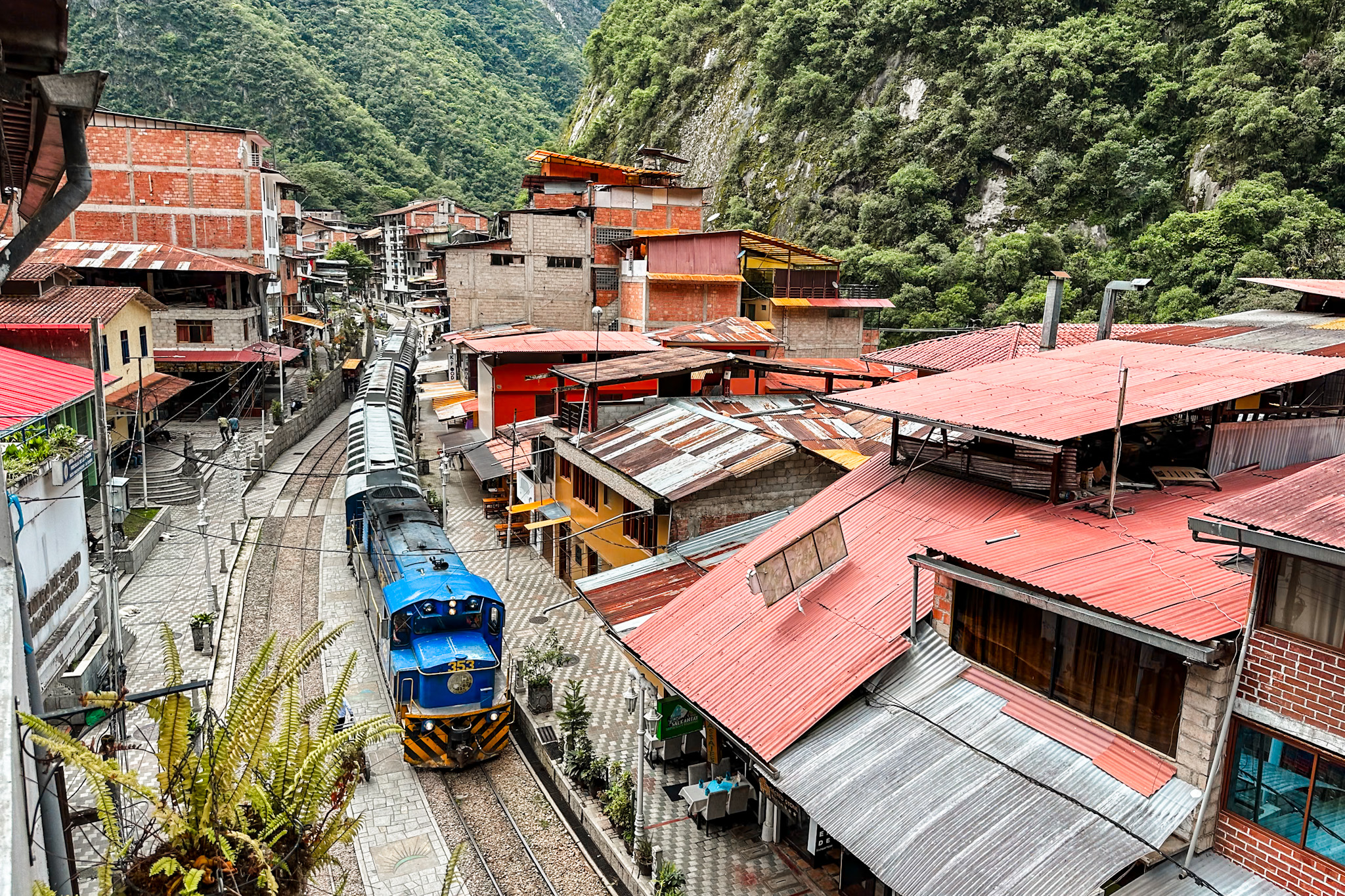
15. You can get your passport stamped at the entrance
Did you know that you can get a passport stamp from Machu Picchu?
When you are buying your ticket in Aguas Calientes, there are tables with stamps around that you can use to stamp your passport. Alternatively, when you enter Machu Picchu, you can ask to get a stamp for your passport (you’ll need to bring your passport to enter the site anyway).
While we would have loved to get a stamp from Machu Picchu, we didn’t do it. We’ve heard stories that a stamp invalidates your passport, as it’s not an official one, and you would need to get a new passport. We are not sure how big of an issue it is, but as we were going to travel for at least 8 more months without returning to home, we just didn’t want to risk it.
Bring your travel diary, a booklet, or a piece of paper to collect the stamps without the risk of having issues with your passport later. There are a lot more stamps to collect when hiking to the Rainbow Mountains or visiting the Sacred Valley.
Bonus Fact: Lamas will photobomb your vacation pictures
It’s no joke. Lamas are all around Peru, especially in Machu Picchu.
You see them grazing on various levels of the terraces. And while you try to get the perfect shot of you standing in front of Machu Picchu, you’ll see lamas occasionally passing by. There are a lot of funny pictures online of lamas photobombing tourists in Machu Picchu photos. If you’re lucky, you’ll end up with the cutest photo of your vacation.
Lamas in Machu Picchu are not native but were bought to cut the grass at the site. Plus, they make for the perfect Instagram photo.
We’re sure, by now, you’re already planning your next trip to Peru. If so, have a look at our Peru itineraries that we carefully crafted to make life easier for you.
Relevant Reading
